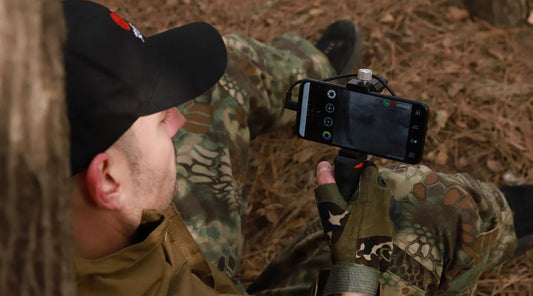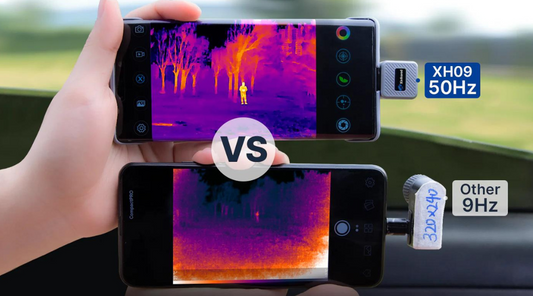Seeing the Savings: How Thermal Cameras Tackle Rising Energy Costs
In an era of rising energy costs, finding effective solutions to manage and reduce expenses is crucial for businesses and households alike. Fortunately, technological advancements have brought forth innovative tools like thermal cameras that are transforming the way we address energy inefficiencies. In this article, we will explore how thermal cameras help tackle rising energy costs, offering a comprehensive overview of their benefits and impact on energy savings.
Understanding Thermal Cameras: Thermal cameras, also known as infrared cameras or thermographic cameras, are devices capable of detecting and visualizing thermal energy. Unlike traditional cameras that capture visible light, thermal cameras capture infrared radiation emitted by objects and convert it into images that represent variations in temperature. This unique capability allows thermal cameras to identify temperature differentials and hotspots, making them invaluable tools for energy audits and efficiency assessments.
Identifying Energy Inefficiencies: One of the key ways in which thermal cameras help combat rising energy costs is by enabling accurate identification of energy inefficiencies within buildings and industrial facilities. By detecting temperature variations, thermal cameras can pinpoint areas of excessive heat loss or gain, such as poorly insulated walls, air leaks, or inefficient HVAC systems. These cameras provide visual evidence of energy wastage, making it easier to prioritize and implement targeted energy-saving measures.

Optimizing Heating and Cooling Systems: Heating and cooling systems account for a significant portion of energy consumption in most buildings. Inefficiencies in these systems can result in substantial energy waste and inflated utility bills. Thermal cameras play a vital role in optimizing HVAC systems by revealing temperature discrepancies and identifying malfunctioning components. With the help of thermal imaging, technicians can promptly detect issues like clogged filters, leaky ducts, or faulty equipment, allowing for timely repairs and improved energy efficiency.
Preventing Equipment Overheating: Overheating equipment not only leads to energy wastage but also poses a significant risk to operational safety and longevity. Thermal cameras provide an efficient means of preventing equipment overheating by identifying hotspots in machinery, electrical systems, and industrial processes. By detecting abnormal temperature rises, maintenance personnel can address potential failures or malfunctions before they escalate, reducing downtime, costly repairs, and energy losses.

Enhancing Insulation and Building Performance: Effective insulation is critical for maintaining a comfortable indoor environment and minimizing energy consumption. Thermal cameras assist in evaluating insulation performance by visualizing temperature variations along walls, ceilings, and windows. This allows homeowners and building managers to identify areas with insufficient insulation, gaps, or thermal bridging that contribute to heat transfer. Armed with this information, appropriate insulation measures can be implemented, improving energy efficiency and reducing heating and cooling costs.
Promoting Energy-Efficient Design: Beyond existing buildings, thermal cameras are also valuable tools during the design and construction phase. By conducting thermal assessments during the planning stage, architects and engineers can identify potential thermal weak points and design energy-efficient solutions accordingly. Thermal imaging helps optimize building orientation, window placement, insulation strategies, and HVAC system sizing, resulting in long-term energy savings for the occupants.

Conclusion: In the face of soaring energy costs, thermal cameras offer a powerful solution to identify and combat energy inefficiencies. Their ability to detect temperature variations and visualize heat loss or gain allows businesses and homeowners to make informed decisions, prioritize energy-saving measures, and optimize energy consumption. By leveraging thermal cameras for energy audits, equipment maintenance, insulation improvements, and energy-efficient design, individuals and organizations can significantly reduce their energy costs while contributing to a greener and more sustainable future.




